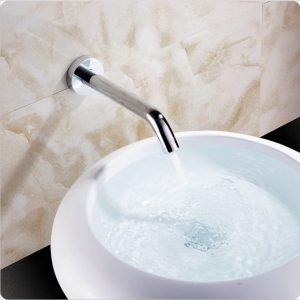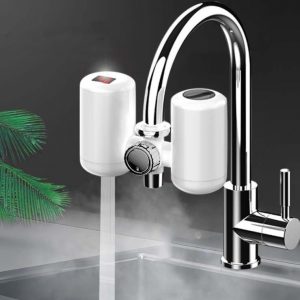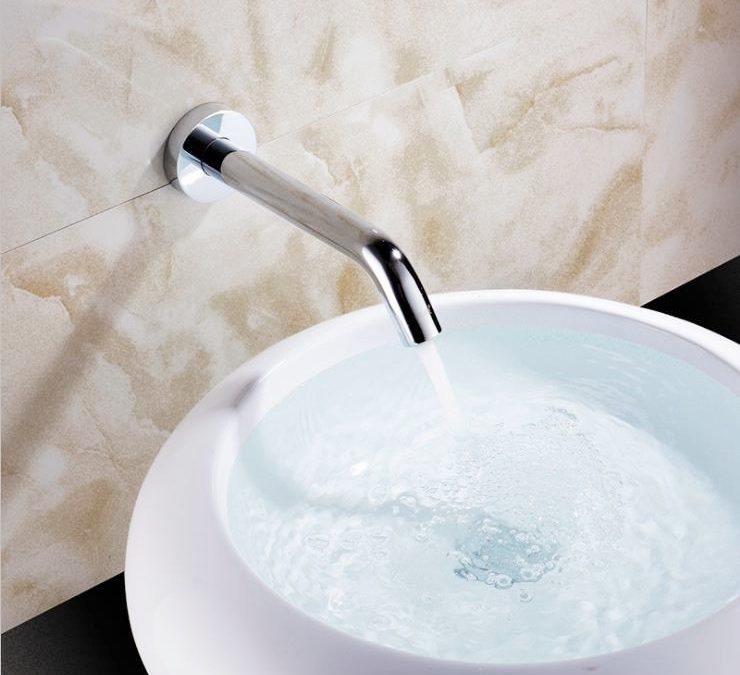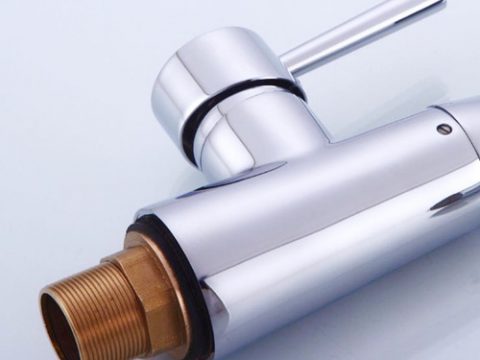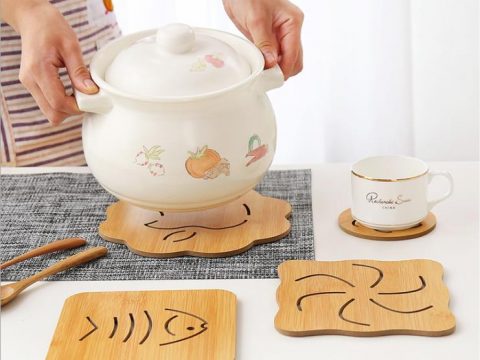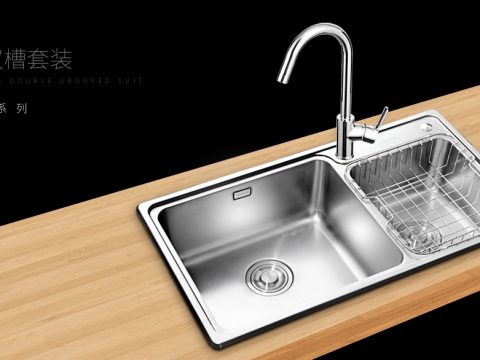- Contact us now!
- +86 18868944843
- ken@nbthe.com
How to maintain and clean your faucet
Regular maintenance and cleaning of your faucet are essential to ensure its longevity, maintain its appearance, and prevent any potential issues. Here are some tips on how to properly maintain and clean your faucet:
1. Regular Wiping and Drying:
- Wipe down the faucet regularly with a soft, damp cloth to remove any water spots, soap residue, or fingerprints.
- Dry the faucet thoroughly after each use to prevent the buildup of water spots and mineral deposits.
2. Avoid Harsh Cleaners:
- Avoid using harsh or abrasive cleaners, as they can damage the finish of the faucet.
- Instead, use mild soap or dishwashing liquid diluted in warm water to clean the faucet gently.
3. Clean with Vinegar Solution:
- For tougher mineral deposits or limescale buildup, create a cleaning solution with equal parts white vinegar and water.
- Soak a cloth or paper towel in the vinegar solution and wrap it around the faucet, focusing on the affected areas.
- Let the solution sit for about 15-30 minutes to dissolve the deposits.
- Scrub gently with a soft brush or toothbrush to remove any remaining buildup.
4. Use Baking Soda for Stubborn Stains:
- For stubborn stains or hard-to-remove residue, make a paste with baking soda and water.
- Apply the paste to the faucet, let it sit for a few minutes, and then scrub gently with a soft brush or sponge.
- Rinse thoroughly with water and dry the faucet afterward.
5. Avoid Using Steel Wool or Scrubbing Pads:
- Do not use steel wool, scrubbing pads, or abrasive materials to clean the faucet, as they can scratch the surface and damage the finish.
6. Clean the Aerator:
- Remove the aerator from the faucet spout periodically (at least every few months) to clean any debris or sediment that may have accumulated.
- Soak the aerator in a vinegar solution or use a toothbrush to remove any clogs.
- Rinse the aerator thoroughly and reattach it to the faucet.
7. Check for Leaks and Drips:
- Regularly inspect the faucet for any leaks or drips.
- If you notice any leaks, address them promptly to prevent water waste and potential damage to your sink or countertop.
8. Handle Carefully:
- Operate the faucet handle with care, avoiding excessive force or rough handling that could cause damage.
9. Follow Manufacturer’s Instructions:
- Always follow the manufacturer’s instructions for cleaning and maintenance specific to your faucet model.
By following these maintenance and cleaning tips, you can keep your faucet in top condition, extend its lifespan, and enjoy a clean and well-functioning fixture in your kitchen or bathroom.
